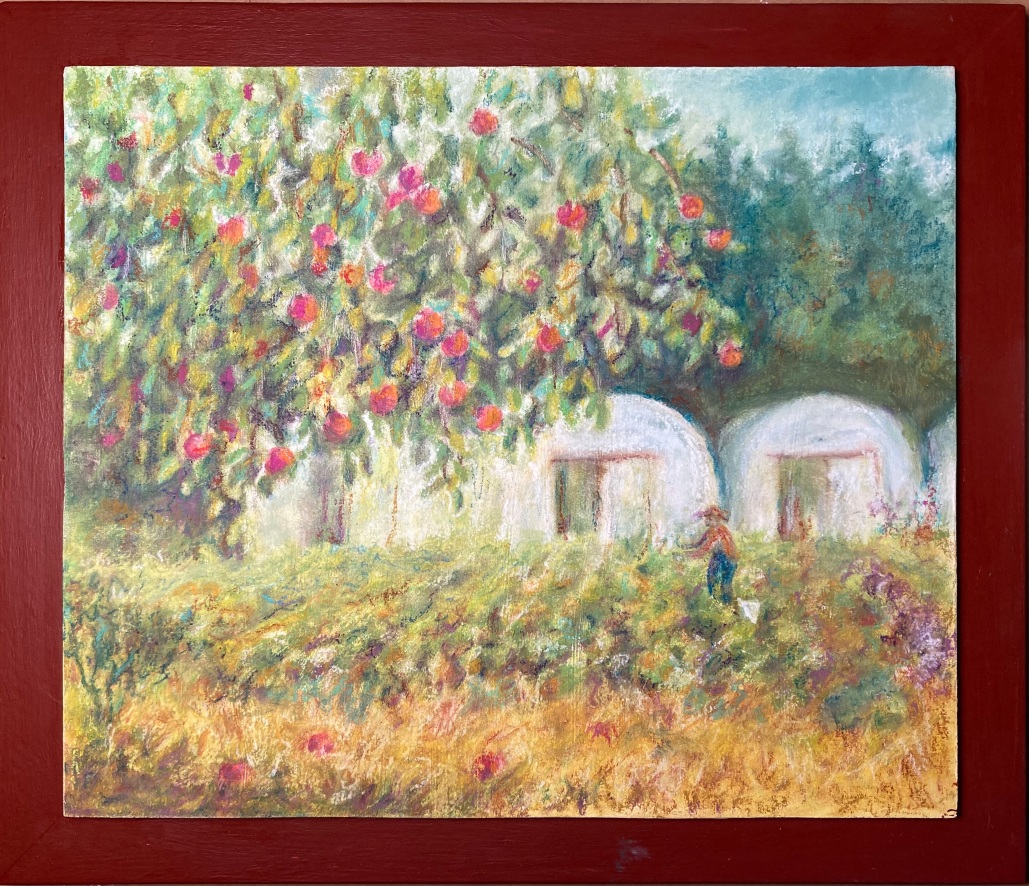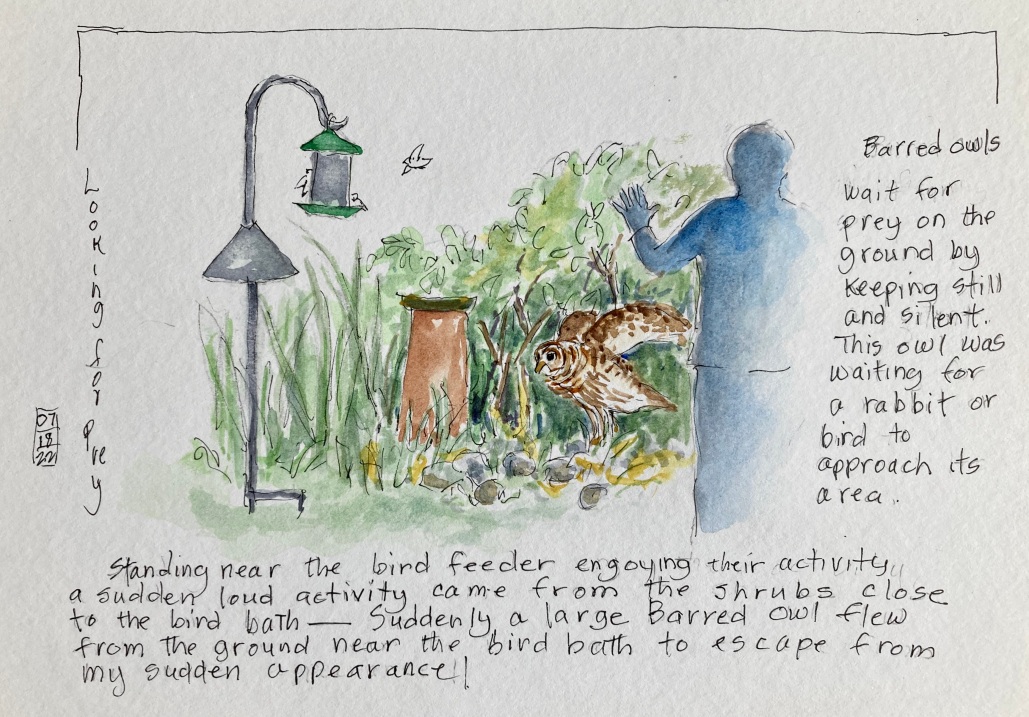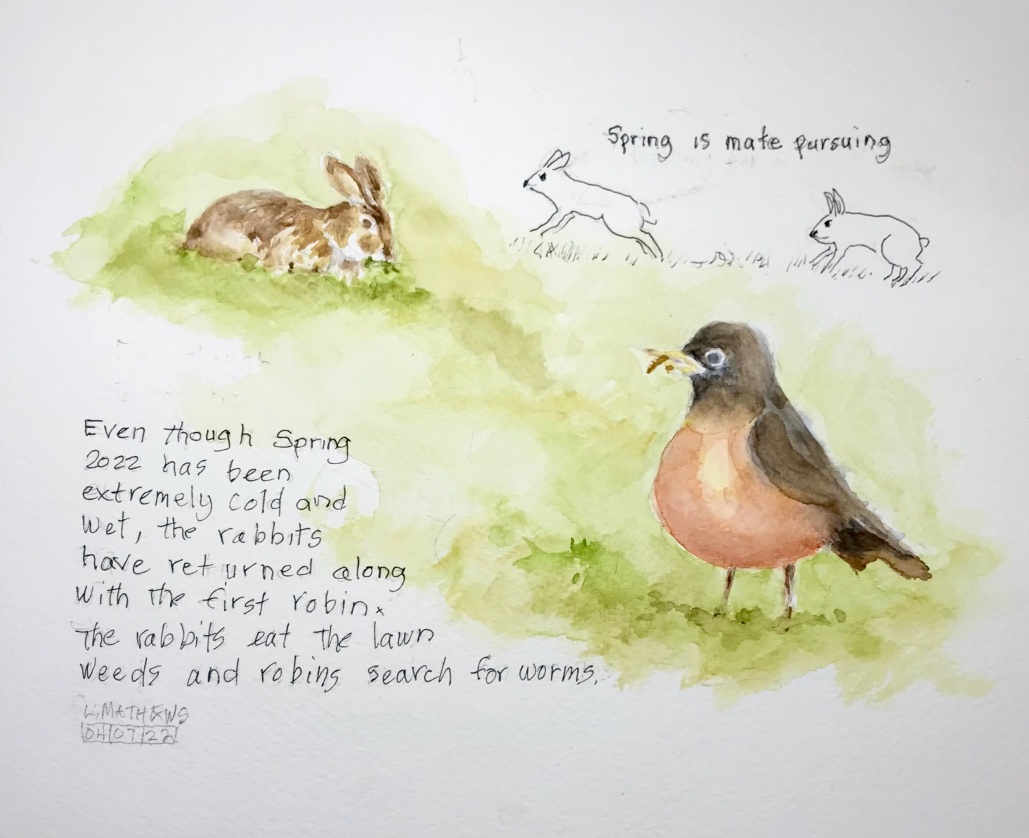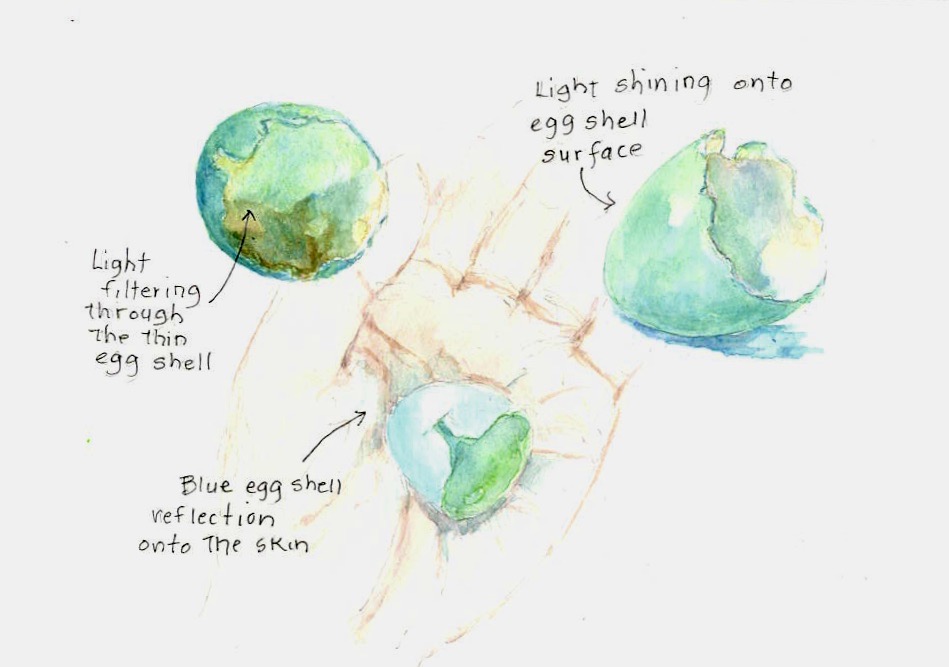This summer I discovered an interesting productive self sustaining organic farm within my neighborhood. It is owned and operated by an university professor and his wife. They have a crew of several young folks working in their fields during the summer to help maintain and keep up with the clientele demand for their healthy produce. The vegetables grown from the purposefully prepared soil are very large: One single plant pulled from the ground will be an armful, colorful, thick leaved, tasty and able to keep its stability for a week in the refrigerator. Every Sunday, each client receives an email from the farm listing all varieties of vegetables available for their purchase. Wednesday is the pick up day at the farm for those who ordered via email.
My husband and I have decided it’s senseless to exercise the hardworking effort to prepare and plant our own garden next year, since in past years the sandy soil on our property had always produced poor quality vegetables; the rain just drains all the nutrients through the sand. I will keep our large herb garden that produces inviting flowers for the local winged critters, butterflies, yellow jackets, honey and wild bees to enjoy from the herb food supply. Also, the herbs do not interest the deer and rabbit appetites while cruising the backyard; so the blossoms on the plants will give color to the landscape.
The atmosphere, and activity at the garden is one of my many favorite places to sit, relax and enjoy sketching any day during the summer. The country ambience brings back memories of my youth when my family would drive to small suburban self supporting farms beyond Seattle metropolitan to purchase all sorts of food items. I did set up my portable chair and a few sketching tools and started to sketch some interesting scenes I liked and wanted to remember in the future. Later at home, I painted the scenes, from the sketchbook, in my tiny studio using oil pastels on board. I spread the oil paint using gamsol. Oil pastels are an interesting medium for painting compared to tube paints and takes a while to learn how to use to get the desired effect. The oil in the paint never thoroughly dries so I’m not sure if the finished product can be vanished. I am sharing the results of my summer at the farm


days
hours minutes seconds
until
days
hours minutes seconds
until
days
hours minutes seconds
until
days
hours minutes seconds
until






















